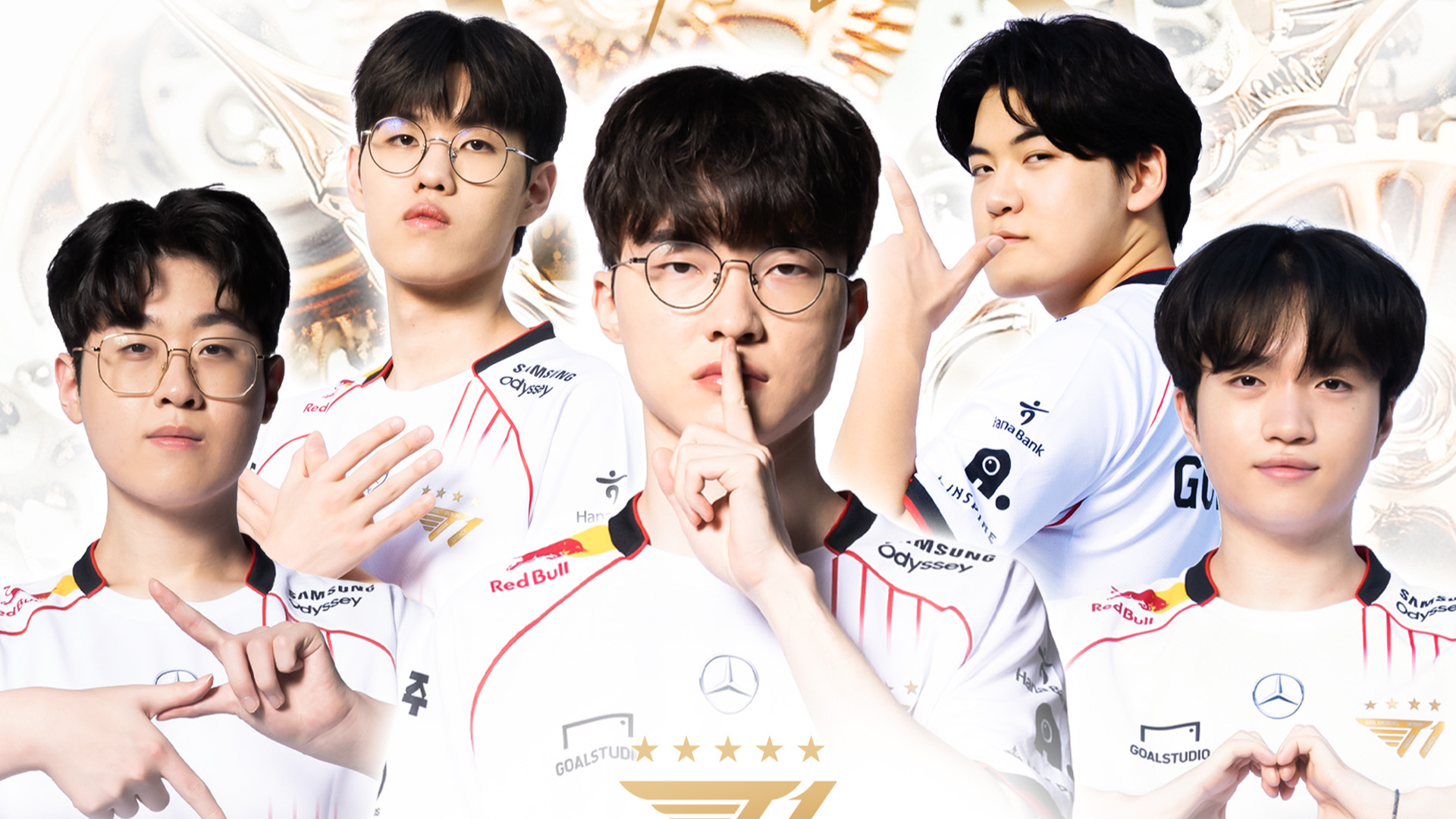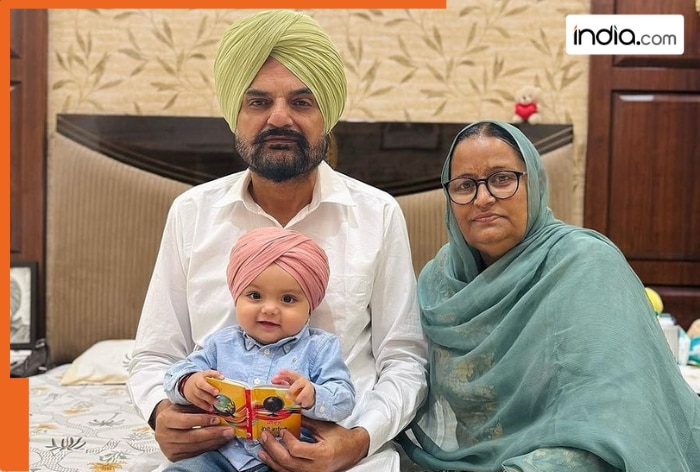“I knew little about wine, except that I’ve been drinking the family wine since I was probably 10,” he recalls wryly. “I did put my name in the hat, but it came as a surprise, so I was unprepared. But I think all of the family was unprepared.”
What he did have was transferable skills in business – de La Morandière had been living and working in Hong Kong and Shanghai at the time of his aunt’s death as the chief executive of Hyva, a multinational company in the business of transport solutions.
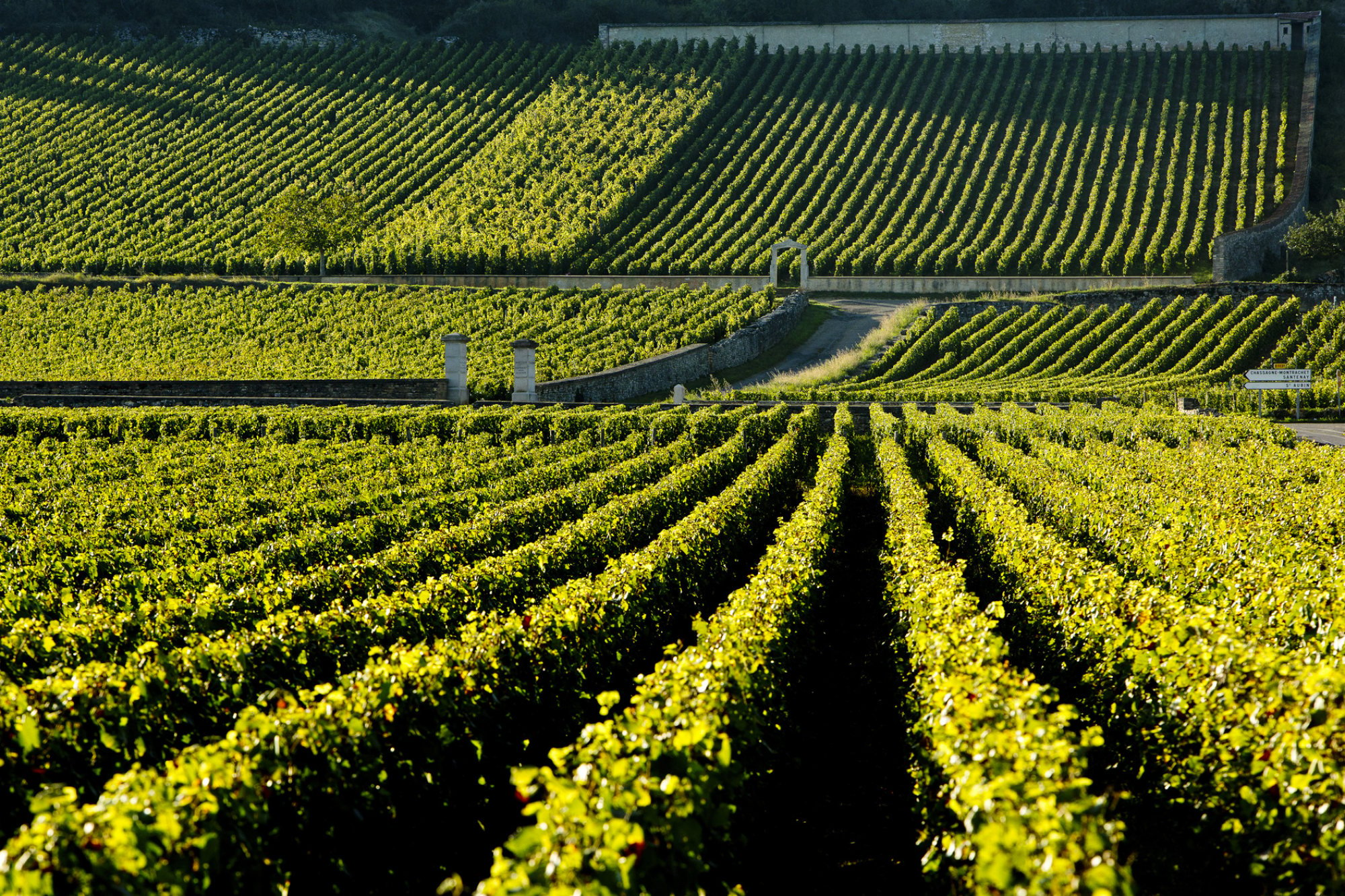
“At least I knew how to work with shareholders,” he says with a laugh. “So I had, let’s say, two and a half out of the three components needed to run the winery: [knowledge of] wine, business, and family.”
The family agreed unanimously that even if there was no natural choice to succeed Anne-Claude, it was important that Domaine Leflaive remain a family business.
“We said, whoever is going to be elected can learn what is missing,” de La Morandière says. “I think it was better than any other solution, such as giving it to a professional manager or selling the business.”
Still, even armed with his business acumen, de La Morandière knew he had his work cut out for him.
I feel that I’m the steward of those generations before me
Before he moved to Asia, de La Morandière’s work had taken him to the United States, Turkey and Britain, and his exposure to the food, wine and flavours of each place all added to his mental map.
“I left France very early in my life. It was in the US where I realised that, wow, there are some wines that are very different from the wines that I knew,” he says.
“I love the unknown [ …] For me, Californian wine was once unknown. But I think both my palate and the winemaking there evolved in sync. My acceptance grew, and I think that Californian wines got better as well.”
At Domaine Leflaive, de La Morandière takes after his late aunt in many ways; as Anne-Claude was a pioneer in biodynamic winemaking, so too has he established himself as a trailblazer, reinterpreting traditional methods to benefit the estate.
“My grandfather would have never thought of using wood and straw for building,” he says, referring to Domaine Leflaive’s innovative “egg cellar”, built in 2012, which uses the natural materials for insulation.
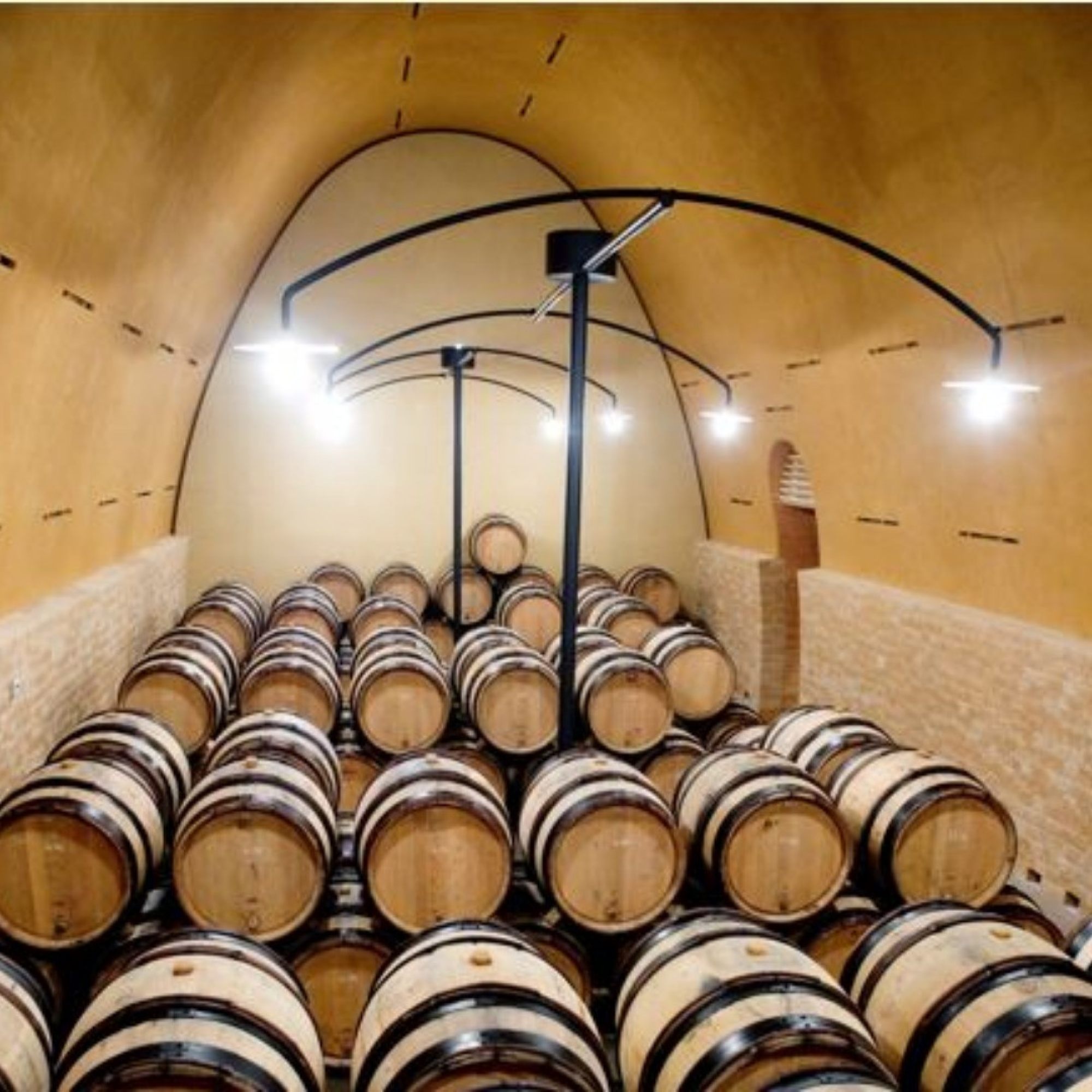
He points out that it is only with the knowledge available today and scientific advancements that the estate was able to create a more energy efficient environment in the wine cellars.
De La Morandière’s first bold move after taking over at Domaine Leflaive was to rewrite the rules for wine corks.
Domaine Leflaive was one of the first high-profile wineries to make the unconventional switch from natural cork – once seen as an essential marker of prestige – to Diam cork, which is formed from pieces of natural cork that have been cleansed with carbon dioxide and glued together with food-grade synthetic microspheres.
De La Morandière says that the end product is more consistent and that he believes the wine keeps fresher for longer.
“I changed the way I approached corks. Was it global warming? Was it more pesticides? I could see that the corks for the last 10 or 15 years did not have the same strong mechanical qualities [as before],” he says.
“I also realised that you have to have a good cubic metre of wood to make one perfect cork. It takes a lot of waste. It’s interesting because it looks natural, but natural sometimes isn’t the best solution.”
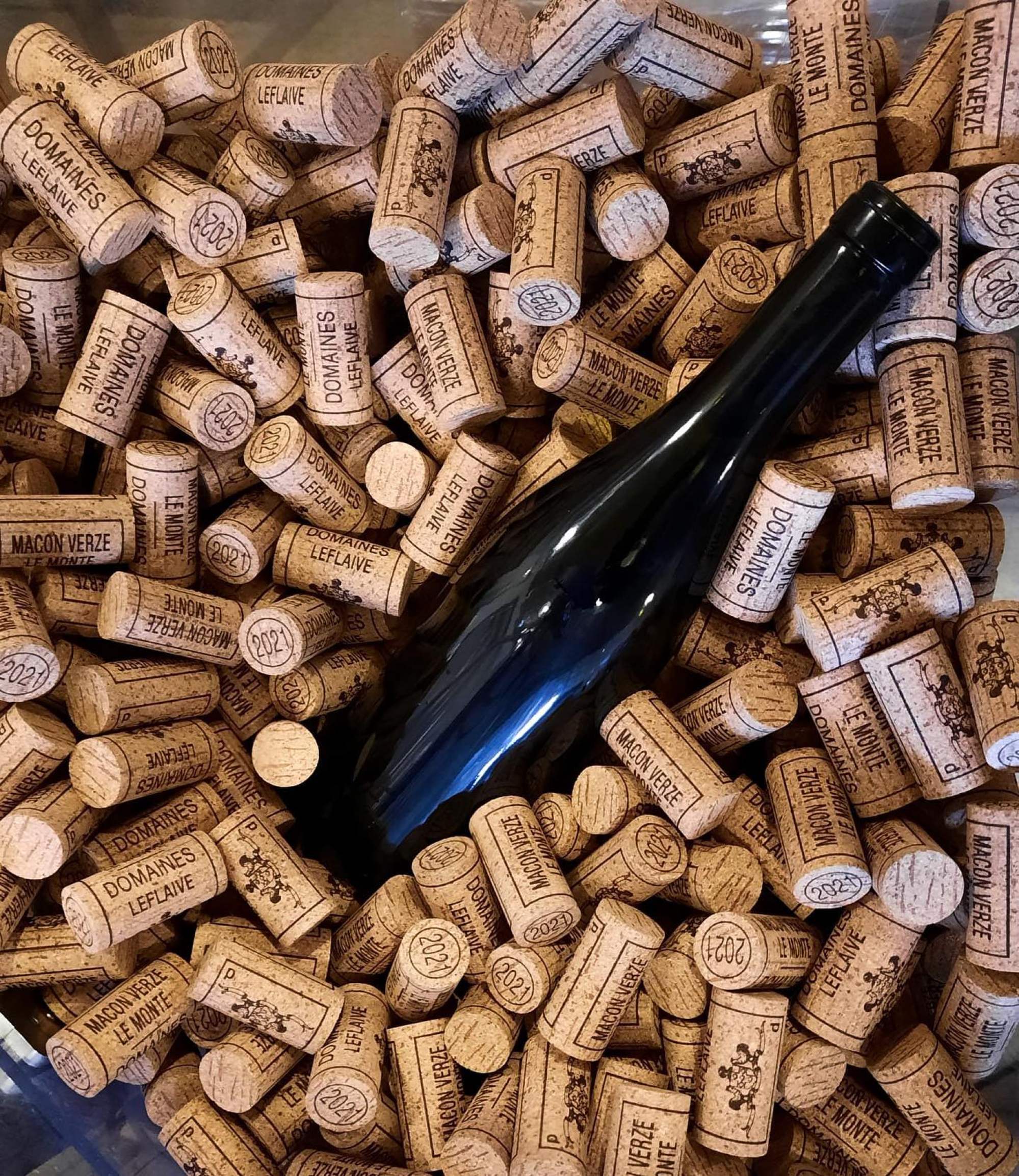
Although he believed in the switch, the decision accounted for “a few months of sleepless nights” – after all, he was still a “rookie” in the business.
“I feel that I’m the steward of those generations before me. But then how do you make sure that you don’t feel the weight of that tradition?” he muses.
“It felt like, ‘who am I to make such a strong decision?’ But I think sometimes, when you feel a sense of weakness, I think it helps you to build your case for yourself. I only realised that a few years later.”
Now, almost a decade after taking over at Domaine Leflaive, de La Morandière feels more at ease.
When you work with nature, you reshuffle the deck every year. It’s a bit like navigating the sea
In his off time from running the vineyard, he enjoys the simple pleasures of gardening – at his home in Puligny-Montrachet, he has planted perennials as well as trees that represent the different countries he has lived in.
“You learn how to anticipate what kind of flowers will grow, what colours. And then something that you were hoping for is not completely realised in the way you thought it would, but is still great.
“I think you take pleasure in that, knowing that life is never realised the way you were hoping for, but that life is good.”
One gets the sense he is making parallels with his own life journey here. After all, while winemaking was not his original plan in life, he has grown to accept and appreciate the card he has been dealt.
And even with climate change threatening to throw more spanners in the works, he remains optimistic.
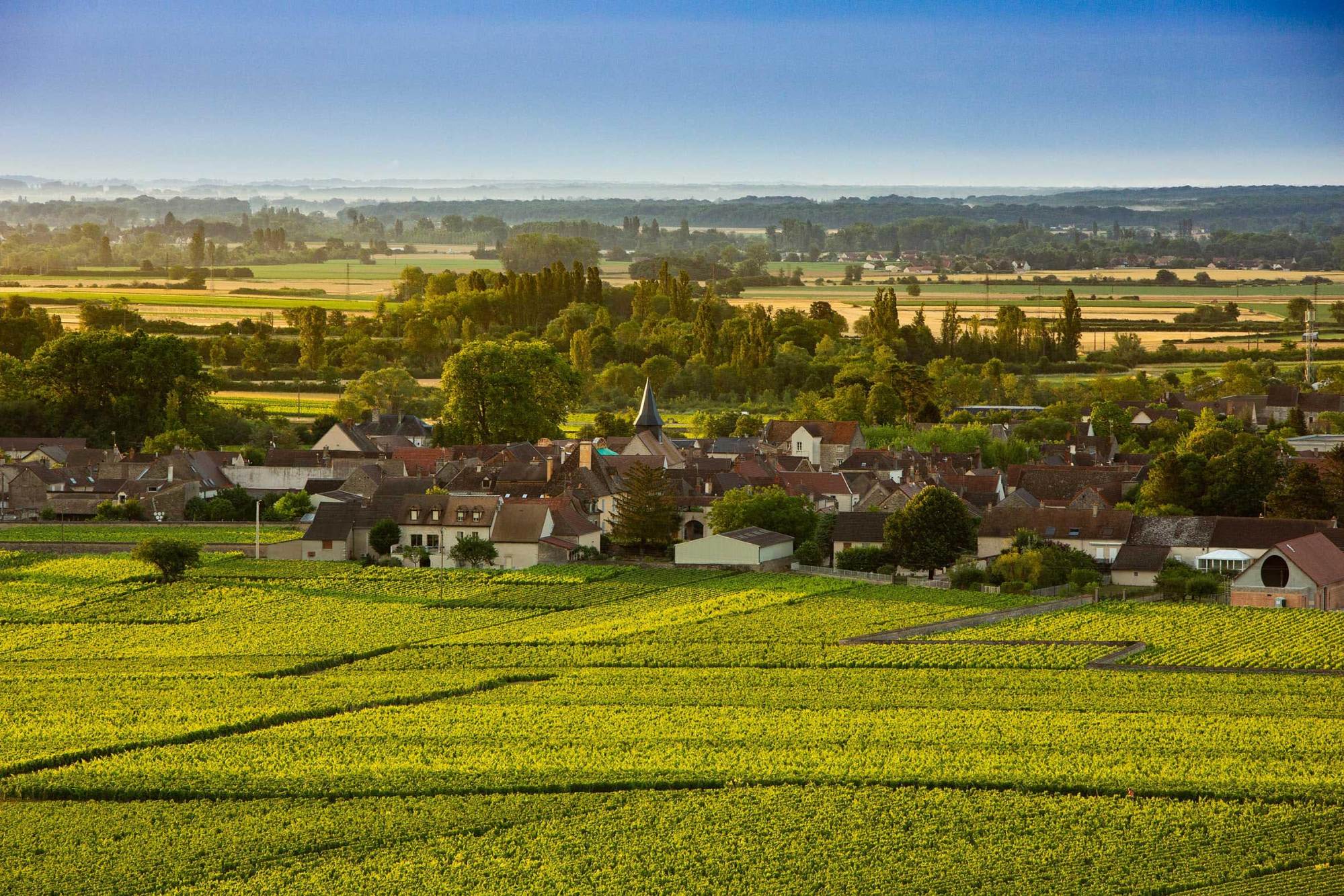
When asked about his favourite vintage from the estate, he does not hesitate: 2017 – a year that saw France hit with a double whammy of devastating frosts and wildfires.
“It’s delicate, it’s nice. It’s not showy but it is complex. It was a peaceful vintage, although it was a vintage of climate change,” de La Morandière says.
“When you work with nature, you reshuffle the deck every year. It’s a bit like navigating the sea – you want to cross the ocean, but there are weather conditions and you need to adapt.
“If the wind takes you a little bit adrift from your destination point, you know you’ll have to adapt,” he says, smiling. “I feel a little bit like that.”






